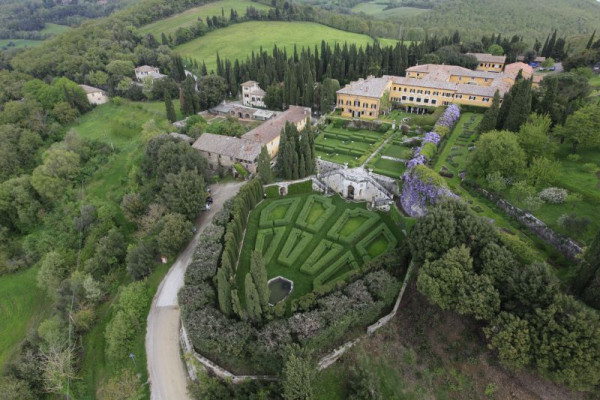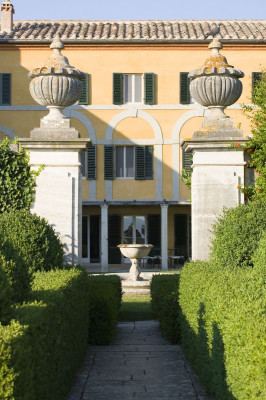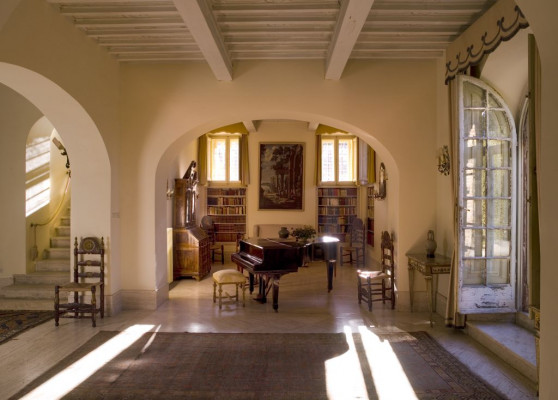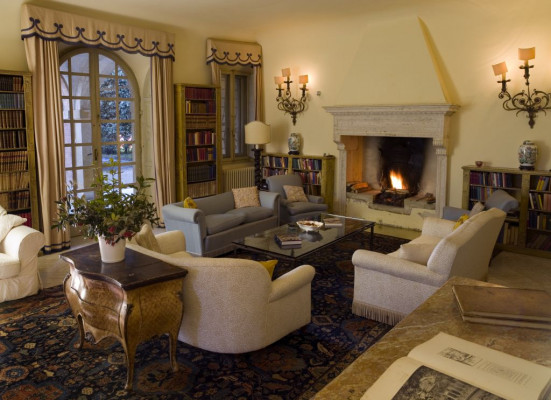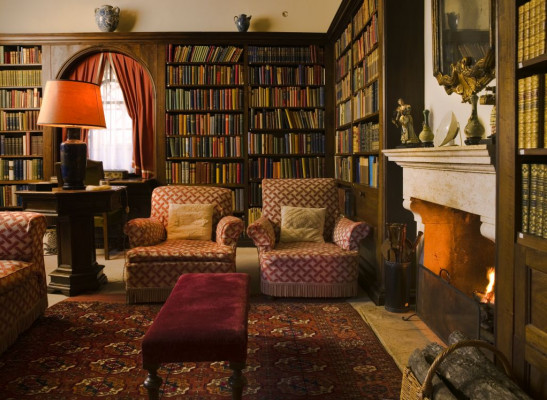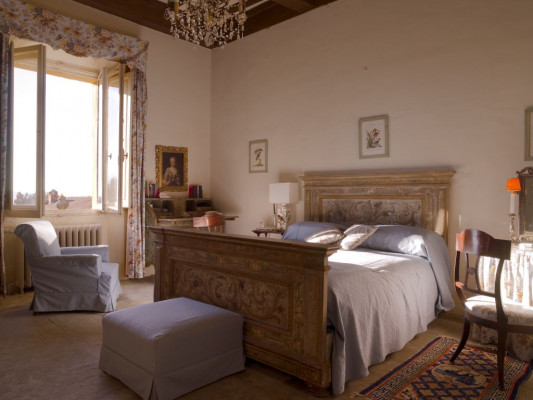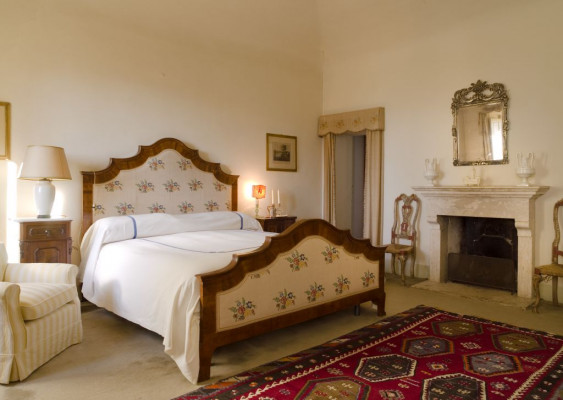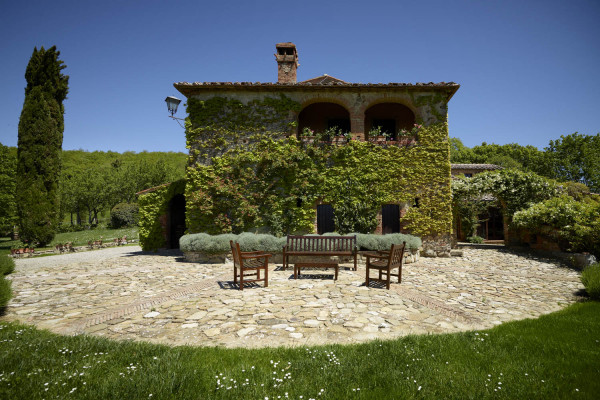- Style
-
Classic
Country
Cultural
Elegant
Venue Setting
Owing to wars and pestilence, the estate – and indeed all the valley of the Orcia (Val d'Orcia) – ran into extreme poverty and was mainly abandoned, until in 1924 it was bought by Antonio and Iris Origo, who turned it into their comfortable home. From here they farmed and developed the land, bringing prosperity and social progress to the farmers. The Villa is connected to the Fattoria, from where the agricultural estate is still run. The house is built on three levels, following the lie of the hill, and is surrounded by the now famous gardens created by Iris Origo and the English architect Cecil Pinsent – a 'labour of love' lasting many years. Parts of the garden are open to the public on certain days (strictly guided tours), though the garden by the house and the pool remain private. The interior is full of old-world charm, not showy, but with beautiful antique furniture, comfortable beds, and lots of lovely rooms which offer both both privacy and opportunities for family gatherings. There is free wi-fi throughout the house.
Capacity
- Price range
- Does this include catering fees?
No
- Additional charges
Villa La Foce can only be rented as a whole thing for a minimum stay of 3 nights; it can accomodate 19 guests in 11 bedrooms (6 doubles, 2 twins, 3 singles) and 8 bathrooms. Daily breakfast and cleaning is included in the rental; additional meals can be organized upon request with our staff. If needed, the Garden can be rented just for the day of the event without renting the Villa. All the costs involved in the organization of the event (caterer, lighting, decoration, photographer, music, etc.) must be added on top of the rental fee.
- Insurance
Additional Insurance May Be Required Depending On The Event
This venue does not have any reports at this time
Check back again soon!
Photo tour














